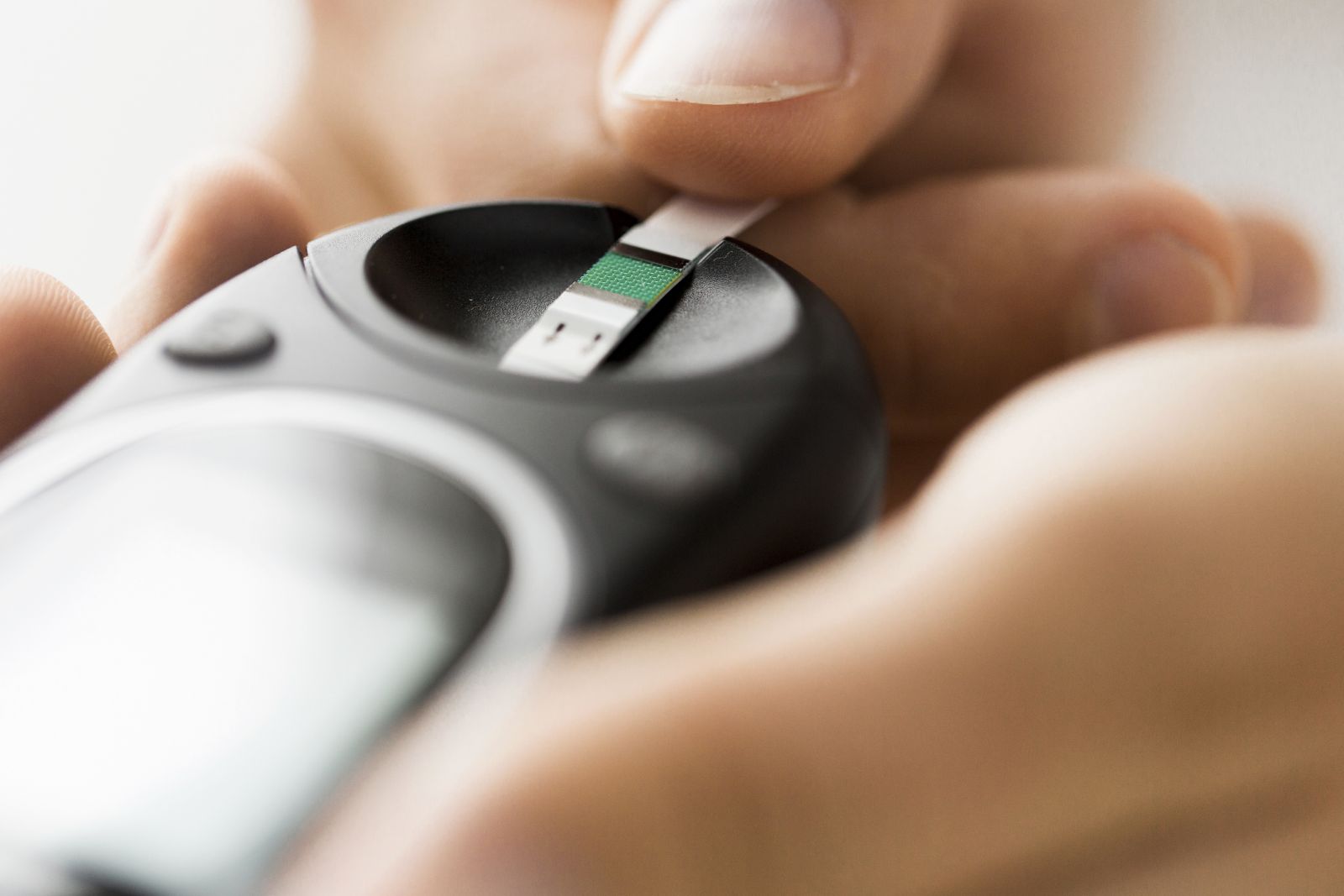FDA Publishes Final Recommendations on Blood Glucose Meter Accuracy
By Adam Brown
Tighter requirements for home meters. What does this mean for current and future blood glucose monitors?
By Ava Runge and Adam Brown
 The FDA recently finalized its recommendations (“guidance”) on accuracy and other requirements for new blood glucose meters. For people with diabetes, the main outcomes of the new guidance are that new meters will need to be more accurate, conduct larger studies before they are approved, and more clearly display accuracy on their packaging. The recommendations do not apply to older meters. These new recommendations follow draft guidances released back in January 2014, which garnered hundreds of patient and industry comments.
The FDA recently finalized its recommendations (“guidance”) on accuracy and other requirements for new blood glucose meters. For people with diabetes, the main outcomes of the new guidance are that new meters will need to be more accurate, conduct larger studies before they are approved, and more clearly display accuracy on their packaging. The recommendations do not apply to older meters. These new recommendations follow draft guidances released back in January 2014, which garnered hundreds of patient and industry comments.
For glucose meters used by people with diabetes at home (“over-the-counter”), the FDA guidance specifies the following accuracy standards:
-
95% of all measured blood glucose meter values must be within 15% of the true value (a lab measurement); and
-
99% of meter values must be within 20% of the true value.
As diaTribe noted two years ago, this means that people with diabetes can feel confident that a blood glucose meter measurement is accurate (within 15%) at least 19 times out of 20, and within 20% of the true value 99 out of 100 times. If the true (lab-measured) glucose value is 100 mg/dl, that means the meter has to be within 15 mg/dl (85-115 mg/dl) in 95% of cases, and within 20 mg/dl (80-120 mg/dl) in 99% of cases. Studies of new meters must also include at least 350 people with diabetes, larger than previously required.
Notably, these new standards require greater hypoglycemia (low blood sugar) accuracy than the 2013 ISO standard, which is used outside the US.
Technically, a “guidance” document is a recommendation from the FDA, but in practice, it means new blood glucose meters will need to achieve this level of accuracy to be cleared (otherwise, there may be labeling that limits their use). That said, the new guidance will not impact meters that are already on the market. FDA’s Dr. Courtney Lias told diaTribe that inaccurate meters in current use are definitely of concern to the FDA, though other efforts will be needed to address them.
For healthcare providers using glucose meters in facilities (“point-of-care testing”), a separate guidance has been issued:
-
95% of meter values should be within 12% of the reference value for blood sugars over 75 mg/dl, and within 12 mg/dl for blood sugars below 75 mg/dl; and
-
98% of meter values should be within 15% of the reference value for blood sugars over 75 mg/dl, and within 15 mg/dl for blood sugars below 75 mg/dl.
These criteria are similar to other published standards, and are a bit looser than the FDA originally proposed in 2014. Most experts at the time felt the original proposal stretched beyond the limits of current technology.
It is good to see the FDA incorporate patient feedback from the 2014 guidance; it’s clear the Agency is taking meter accuracy seriously. Interestingly, the glucose meter field has seen a decline in new FDA clearances over the past few years: from a high of 61 clearances in 2012, only 35 were cleared in 2015, and only 17 have been cleared in 2016 so far. These guidances will raise the bar to get a new meter to market, and we’ll be watching closely to see what impact they have on new product innovation.







